The project addresses the challenge faced by manufacturers of electromobility components: achieving a balance between quality, time, and cost.
Machining thin-walled, low-stiffness components, such as stringers and stator housings, is challenging due to their tendency to deform under cutting forces. This necessitates multi-stage machining—roughing, semi-finishing, and finishing—where each stage has specific considerations, from material removal speed in roughing to precision in finishing.
These stages are interconnected, complicating the optimisation of machining quality, time, and cost.
To address this, a virtual physics-based simulation tool was developed, leveraging CAD/CAM/CAE technologies and optimisation techniques.
The tool enables process planners to assess and optimise machining parameters virtually, reducing reliance on trial-and-error experiments.
This approach improves efficiency, saving time and material while achieving an optimal balance between machining quality, time, and cost.
